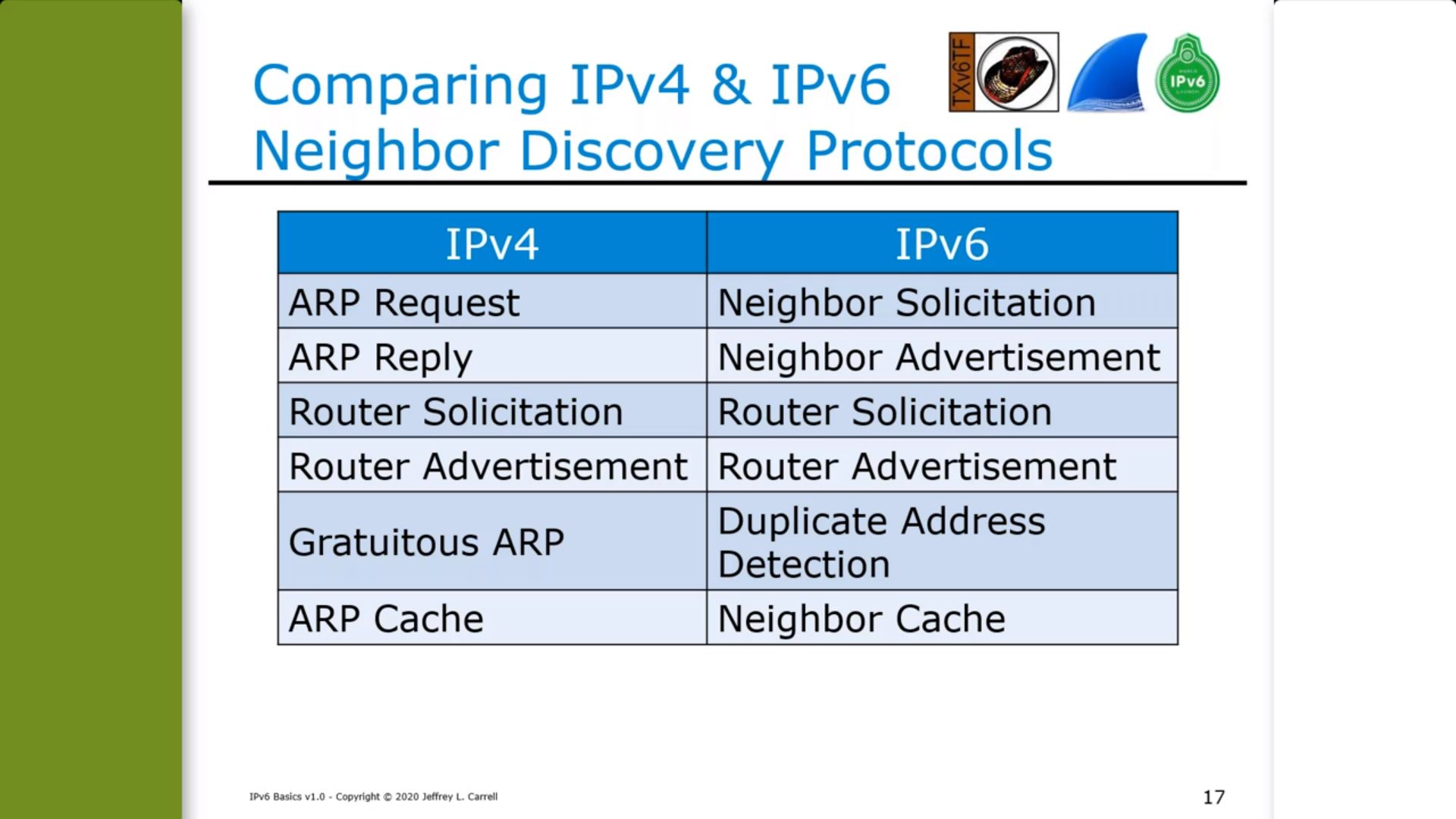Address Resolution Protocol (ARP) is a protocol used to map a network address to a physical address or the hardware address of a particular host. It is a protocol used within local area networks (LANs). It is the lower layer protocol of the TCP/IP protocol suite. The Address Resolution Protocol’s function is to map a network address to a physical address that is necessary for packet delivery.
ARP provides a mechanism for recognizing a physical host from the underlying hardware of the network, allowing the data to be sent from the protocol layer to the physical layer. This protocol is used when a data packet is sent from one node in a network to another, and a translation is required from one hardware address to another. Without this translation, the data cannot be sent across the network.
Because ARP is mainly responsible for mapping network addresses to physical addresses, it is used in the process of resolving IP addresses. When placed on a domain or the same segment, the corresponding Mac address will be determined. This is why it is also referred to as the Internet Address Resolution Protocol (IARP).
ARP works by broadcasting an ARP request packet on the network to search for the address of another host. If the destination host or IP address matches with that of the ARP request, the target host will respond with an ARP reply packet. This reply will contain the physical address needed to send data to the target host.
The ARP protocol is part of the essential toolkit for network technicians and administrators. Today’s most popular network protocols rely on ARP, making it an essential protocol for any network.





